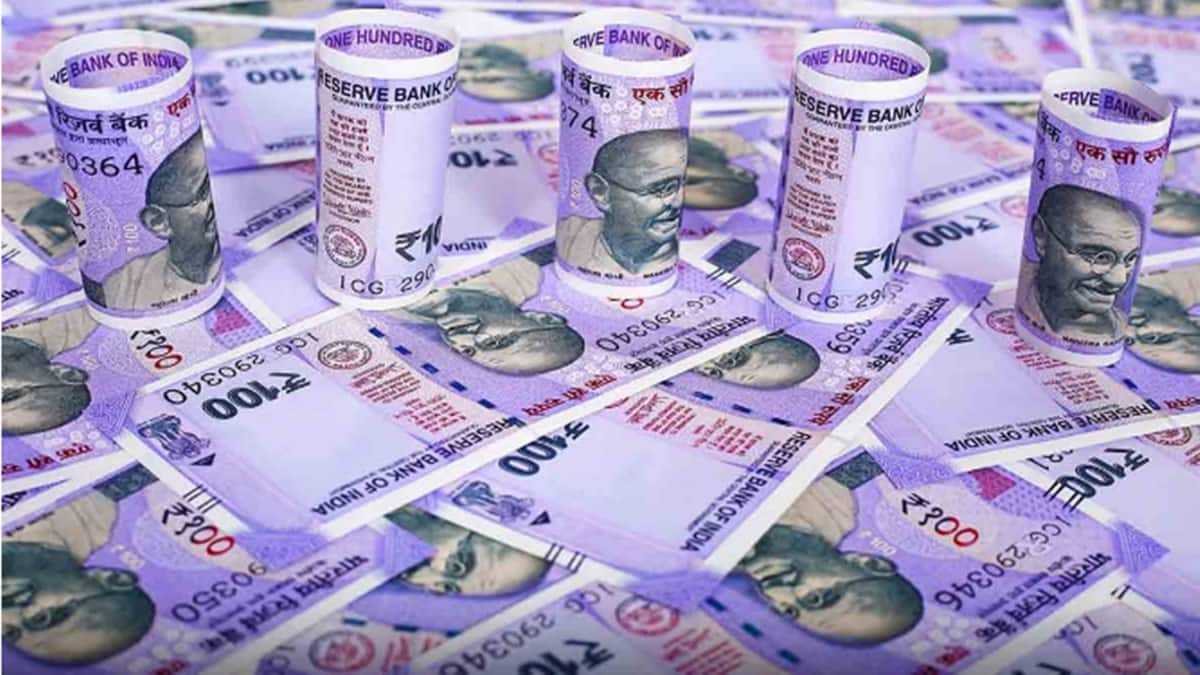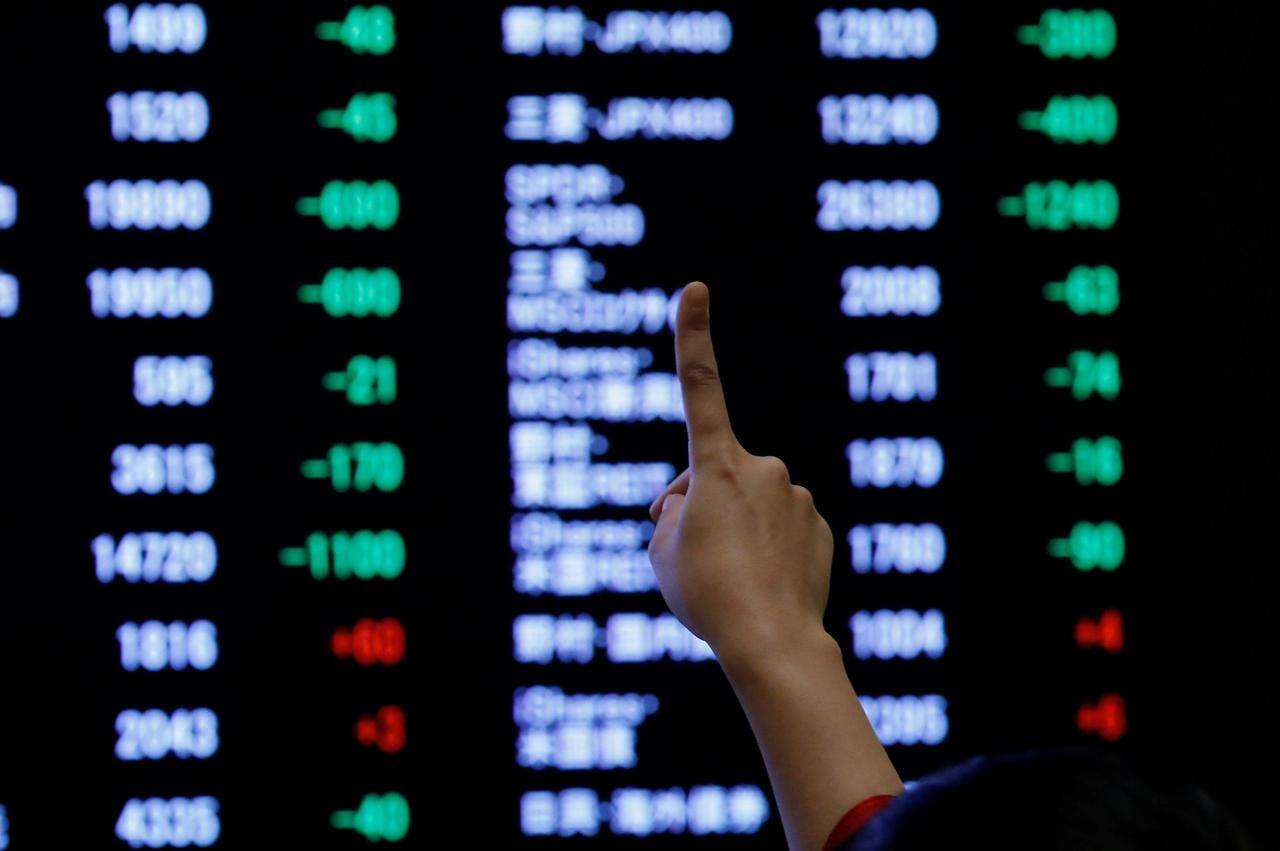The finance ministry is looking at rationalising long-term capital gains tax structure by bringing parity between similar asset classes and revising the base year for computing indexation benefit to make it more relevant, an official said on Friday.
Currently, shares held for more than one year attract a 10 per cent tax on long-term capital gains.
Also read: F&O expiry 1 Dec: Nifty support at 18200-18300, index momentum bullish; use any blip as buying opportunity
The revenue department is now looking at rationalising the tax rates as well as holding period for calculating long-term capital gains and an announcement is likely in the 2023-24 Budget to be presented in Parliament on February 1.
Also, a change in base year for computing inflation-adjusted capital gains is being contemplated, the official added.
The index year for capital gains tax calculation is revised periodically to make it more relevant. The last revision took place in 2017 when the base year was updated to 2001.
Since the prices of assets increase over time, the indexation is used to arrive at the inflation-adjusted purchasing price of assets to compute long-term capital gains for the purpose of taxation.
“The whole effort is to make capital gains tax structure simple and tax-payer friendly and reduce compliance burden. There is scope for bringing parity in tax rates and holding periods for similar asset classes,” the official told PTI.
Under the Income Tax Act, gains from sale of capital assets — both movable and immovable — are subject to ‘capital gains tax’.
The Act, however, excludes movable personal assets such as cars, apparels and furniture from this tax.
Also read: Nifty target 21035; Reliance Industries, Ashok Leyland, PVR among Prabhudas Lilladher top picks
Depending upon the period of holding an asset, the long-term or short-term capital gains tax is levied.
The Act provides for separate rates of taxes for both categories of gains. The method of computation also differs for both the categories.
AMRG & Associates Director (Corporate & International Tax) Om Rajpurohit said post 2004, various changes were made to the capital gain structure, which over time has become too complicated to comprehend due to different rates and time frames for various classes of assets and investment methods such as equity, debts, mutual funds (viz. growth oriented, daily dividend, debt/equity oriented), land & buildings, foreign shares, etc.
“To bring simplicity, the assets class may be majorly divided into two limbs viz. movable assets & immovable assets, and simultaneously defining a single timeline on the period of holding to consider gain/loss either short term or long term,” Rajpurohit added.



